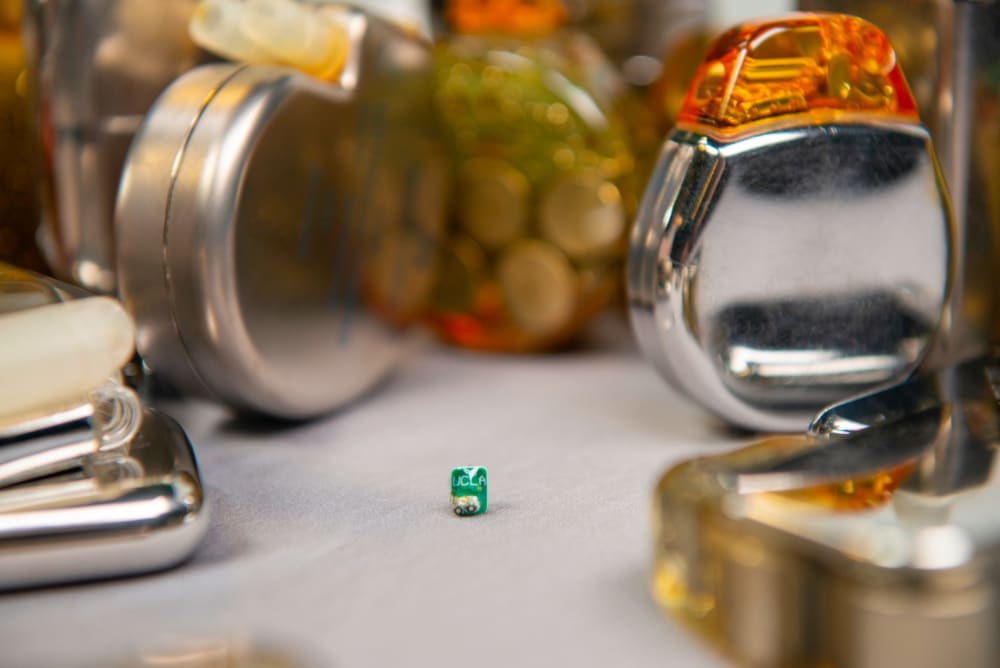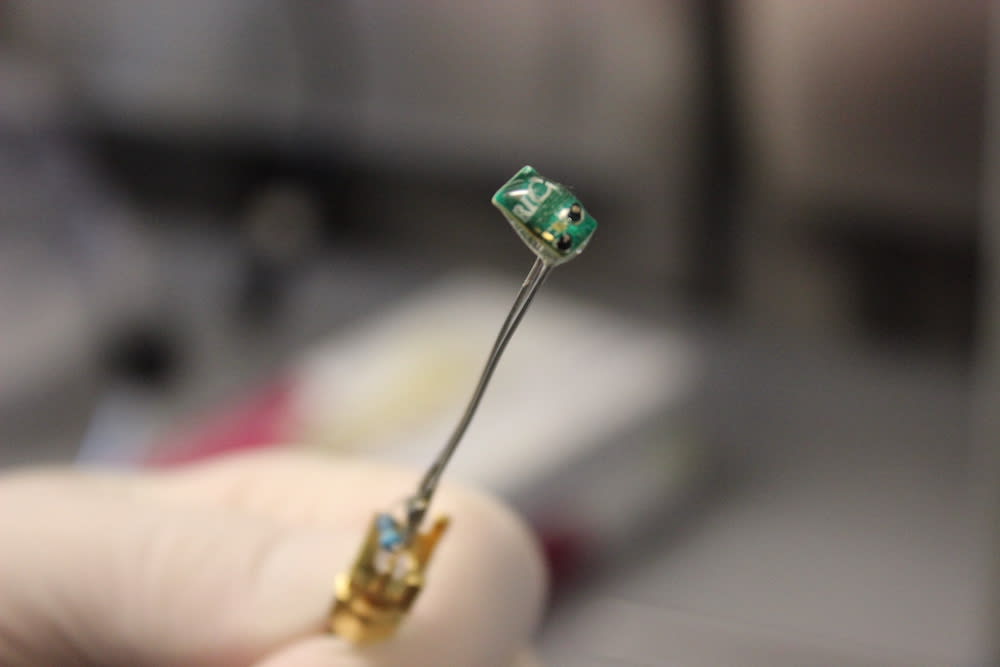

Problem: Chaotic electrical activity of the heart (arrhythmia) has a tremendous impact on society’s well-being: Not only is it the number one cause of both sudden death and stroke, but it is also a leading contributor to congestive heart failure (CHF). The most definitive treatment for arrhythmia is shocking the heart (either by transcutaneous paddles or implantable cardiac defibrillators (ICDs). Shocks are both unpredictable and extremely painful, leading to PTSD in a high proportion of patients.
A cornerstone for treatment of CHF is cardiac resynchronization therapy (CRT) for which a specialized pacemaker is used to strengthen the weakened heart muscle. ICDs and pacemakers send electrical pulses to the heart through wires called leads. These leads are placed within the veins and advanced into the heart on one end and are connected to a battery (or “can”) placed in the chest under the skin on the other end. Leads, however, cannot always be placed where needed and they are prone to infection and fracture.
Eliminating the need for wires and batteries is highly significant. Eliminating shocks is groundbreaking. Eliminating shocks, leads, and wires is seismic and represents the “Triple Crown” of arrhythmia management.
Innovation/Manufacturability: Our miniaturized implantable wireless, battery-less pacing system (nodes) consists of tiny silicon-based integrated microchips and brings into sharp focus the remarkable possibility of achieving the aforementioned ‘Triple Crown’. Each node weighs only about 0.09 grams because it requires no internal batteries. (Common pacemakers in use today weigh 2-28 grams.) The existing prototypes are custom manufactured, but their designs will be easily translatable to standard manufacturing practices.
Because it can deliver pacing not only to any location but to an unlimited number of locations on the heart, this technology has the potential to deliver imperceptible (painless) defibrillation through sophisticated, coordinated, and targeted multisite pacing bursts. We have already demonstrated the feasibility of defibrillation without the need for shocks using a wired system (AHA 2019 abstract). We have also paced from up to six different sites using these wirelessly powered pacing chips (more than any wired system approved for medical use to date).
To date, the team has published results from this novel technology in the Nature publication Scientific Reports and in the Journal of Electrophysiology and has presented multiple conference abstracts. This work is supported by the National Institutes of Health (R01), National Science Foundation, and philanthropy.
Marketability: All patients with ICDs, more than 5 million Americans living with atrial fibrillation, and a substantial segment of patients with CRT devices stand to benefit from this technology. Patients with defibrillators may live longer but, because of the painful shocks, they receive, not better. Imperceptible defibrillation has remained the holy grail of the field. This technology — based on wireless, miniaturized pacing chips—will be 1) safer since there is no need for lead wires that can fracture, dislodge or cause infections, 2) more effective in treating the underlying cause of arrhythmias because they can be placed exactly where needed, and 3) able to deliver imperceptible defibrillation.
Video
-
Awards
-
 2020 Medical Category Winner
2020 Medical Category Winner -
 2020 Top 100 Entries
2020 Top 100 Entries
Like this entry?
-
About the Entrant
- Name:Mehdi Razavi
- Type of entry:teamTeam members:Mehdi Razavi, MD
Mathews John, MBE
Allison Post, PhD
Aydin Babakhani, PhD - Software used for this entry:Altium, Cadence
- Patent status:pending








